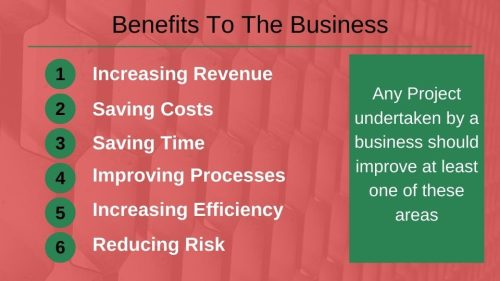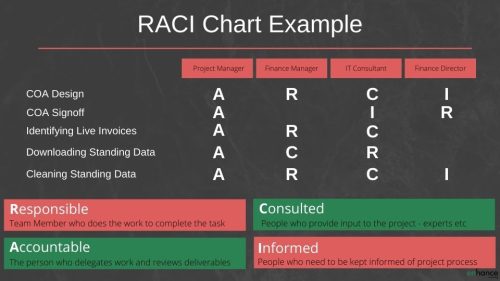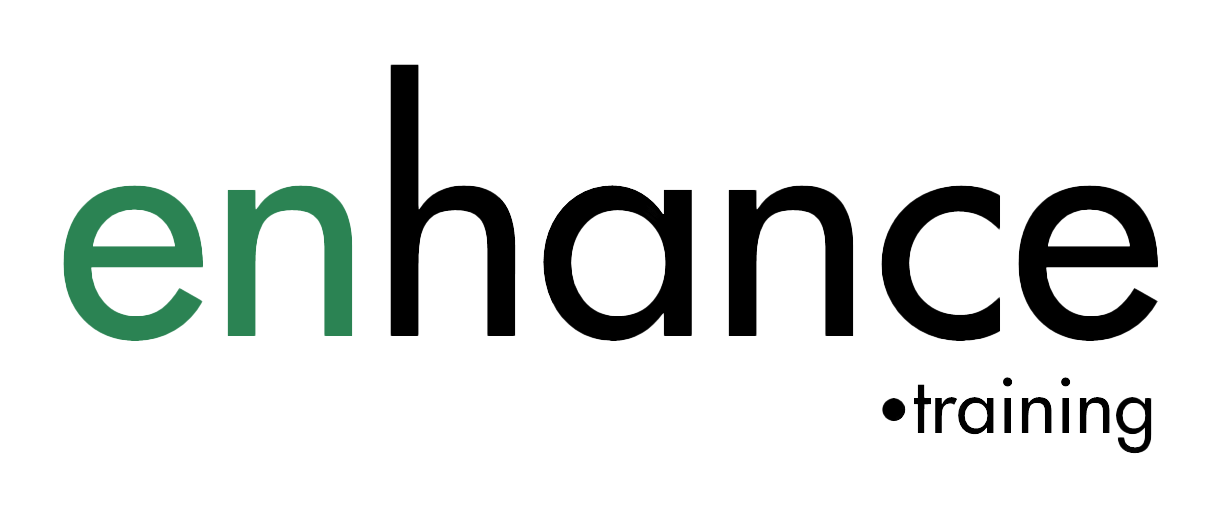How to Create a Project Plan Your Manager Will Sign Off

How to create a project plan which is clear, useful and gets approved can be a headache.
You may be planning a project yourself and need your manager’s approval. Or you have been asked to lead a project and need to create a project plan for your manager and other stakeholders to review and approve. Creating a project plan is a great way to get the budget and the people to actually do the project.
Writing a project plan makes you to think through all the moving parts, the benefits your project will bring to the team and business, the problems you may encounter etc.
Writing a good project plan and implementing your plan, significantly improves the chances of success. With a good well thought out project plan your manager will be many times more likely to sign off the plan and sign it off in a fraction of the time compared to not having a project plan.
This Article Covers:
9 Steps to Writing a Project Plan
- Defining the What
- Explain the Why
- Setting Out the When
- Mapping the Who
- Planning & Securing Resources
- Working Out the How
- Creating the Project Budget
- Getting Project Approval
- Project Execution
Watch on Youtube
Listen to the Podcast
Thinking through and writing a project plan is a great habit to get into and will help make your job as a manager, easier and less stressful.
There are many interdependencies to consider when writing a project plan. Do the first three steps in order as these are critical to get right when creating a project plan your manager will sign off. Do steps four, five and six in the order that best suits your project and going back and forth between these steps is common.
How to create a project plan: Defining the What
When you are planning any project, big or small, working out exactly what the goals of the project should be is the first step. Don’t do anything else until you have the goals clear, written down and shared and agreed with your stakeholders.
The goals of the project plan need to be clear to all so there is no confusion now or later about what the project will achieve. Make the goals SMART.
For medium complexity projects and bigger, I would absolutely advise you to write a full project scoping statement detailing out what is included in the project and what is not included in the project.
Be very clear what the project is going to deliver and what is it is not delivering. This step can be time consuming and challenging. Setting clear goals and the project scope is a lot easier, less stressful, and quicker than having an unclear project scope and managing changing and different expectations throughout the project
Always define the goals and scope of the project before doing anything else.
How to write a project plan: Explain the Why
Why is this project going to help the business, department, or team? Put yourself in the shoes of those signing off the project. Can you explain the benefits to the business in terms of:

Show as clearly as possible the benefits of doing the project outweigh the time and cost of undertaking the project.
There are very few managers that will sign off a project that doesn’t have a clear benefit to the business. This is a very good step to do together with scoping the project and agreeing goals.
Be as specific as possible and try to include numbers to show the scale of the benefit
How to write a project plan: Setting Out the When – Project Timeframes & Milestones
What is going to happen when during the project. Many projects in business are time dependant. The project is a lot more valuable when completed in a specific timeframe. Always include the completion or end date of the project.
If the project will be completed within a week, stating the end date is enough.
If the project is longer, then break down the project into separate sections, each with a clear goal and timeframe. Building in milestones allows you and others to track progress and also for you to communicate the project progress much more clearly.
Timeframes are important so be clear about what you need to achieve by when.

How to make a project plan: Mapping the Who
Mapping out all the people involved in the project is a sensible step to take at this point. Think about who you want working in the team to plan and deliver the project. Are they available to work on the project when you need them to be?
Who are the key sponsors and supporters of the project? Who will help you get resources, sign off the project and help you deal with roadblocks?
What other stakeholders will be affected by the project, benefit from the project, be threatened by the project or will need to input into the project in some way.
One way of categorising all the people you have identified is using RACI – Responsible, Accountable, Consulted, Informed.
How are you going to keep each group informed about the progress of the project? Meetings, phone calls and email updates all work. Proactively keep these groups informed.

How to create a project plan: Planning and Securing the Resources
Planning and securing resources will impact what you can do and how quickly. Having the right skills available at the right time can mean the difference between success and failure of a project.
There is a lot of competition within any business for resources:
- Staff members time and energy
- Budget allocation and cash investment
- Management time and support
- Use of systems or being able to set up new systems
And the list goes on.
Having done the first four steps well, you should be in a very good position to argue why your project should get priority on resources ahead of many other projects available to the business. You will also know exactly who you need to be speaking to and persuading.
Once you know who will be available to deliver the project and your budgets, you are in a good place to get the project team together and take them through the output from the first four steps.
You are selling the benefits of doing this project to the project team – in terms of experience gained to help move their careers forward, increased personal profile, satisfaction, benefits to the business etc. You need them excited and confident in your ability to help deliver the project – a good project plan is a great way to build both.
Then you can get the project team’s help with the detailed steps of planning the project.
How to create a project plan: Working Out The How – Activities, tasks and steps
Now you can start the detailed work of planning out how the project will be delivered.
Get the project team involved in this step. They should be the experts in each of their areas, so get them to create each of the detailed steps or tasks to work to achieving the project goals. Get the project team to work out the order or sequence of those steps and the pitfalls that need to be avoided.
Asking the team to help with the task by task planning work engages them and creates ownership. The project becomes theirs too.
During this planning step, list out all the assumptions the team is making. As you go through the project, these assumptions may need to be revisited and changed.
Work out the key risks areas the project will face and plan steps to take to minimise these risks as much as possible.
If you are planning a long or complex project, the next few steps should be detailed, the future steps less so. Your project plan is a living document. You will be making changes and updating steps regularly. Reducing the level of detail the further into the future you go saves time without impacting project success.
How to create a project plan: Building the Project Budget
When you know what resources you have available, the timeframes you are working to, the assumptions you are making and the steps you need to take to deliver the project goals, you are in a position to create a project budget.
The steps, activities and tasks you want to undertake will drive the cost of the project. Keep comparing this against your total budget available.
If you are within your budget, you might want to be more aggressive on timings and use of resources. If you are over your total budget, you will have to look at the resources you are using, and the steps planned and adjust these to reduce costs.
How to create a project plan: Getting Project Signoff
You should have everything in place to get final signoff on your project plan. Remember who your audience is. It may just be your manager for small projects. The bigger the project the more people are likely to be involved in signing it off and the more senior these people will become.
If senior management or Directors require signoff, think about creating a summary of your plan with a focus on what benefits the project will give the business and the scope and timeframes. Senior people are time poor so make it easy for them.
Another very good tactic is to speak each individual involved in signing off the project before the sign off meeting so you can take each person through the project plan and answer all their question and deal with their objections. Get agreement from each individual and you will get agreement from the group.
How to create a project plan: Project Planning In the Project Execution phase
Your project plan should be a live document, which you amend as the project progresses. Assumptions change, problems and opportunity arise, the business environment and priorities change. All of these will impact your plan in some way and your plan should change to take these into account.
Your plan is your roadmap to achieving the goals originally set out. Work your plan!
In Summary
You have 9 steps for how to create a project plan your manager will sign off. A good project plan massively increases the success of any project. The bigger and more complex, the more moving parts within the project, the more important good planning is to make the project successful.
Adapt the steps to fit the requirements of the project you are planning. Small simple projects require a light touch, the bigger more complex project will require more planning work and detail. Adjust how you use each step.
Enjoy finishing more projects successfully!

Planning projects from small team initiatives to large company ERP system implementations brings in a whole host of skills.
Writing a go project plan and stress testing it as much as possible on paper is the first step. Persuading management and stakeholders to sign off the plan and take action is, in my experience, the harder part.
Implementation of projects of course brings further challenges.
Good luck in successfully planning and implementing your projects.





